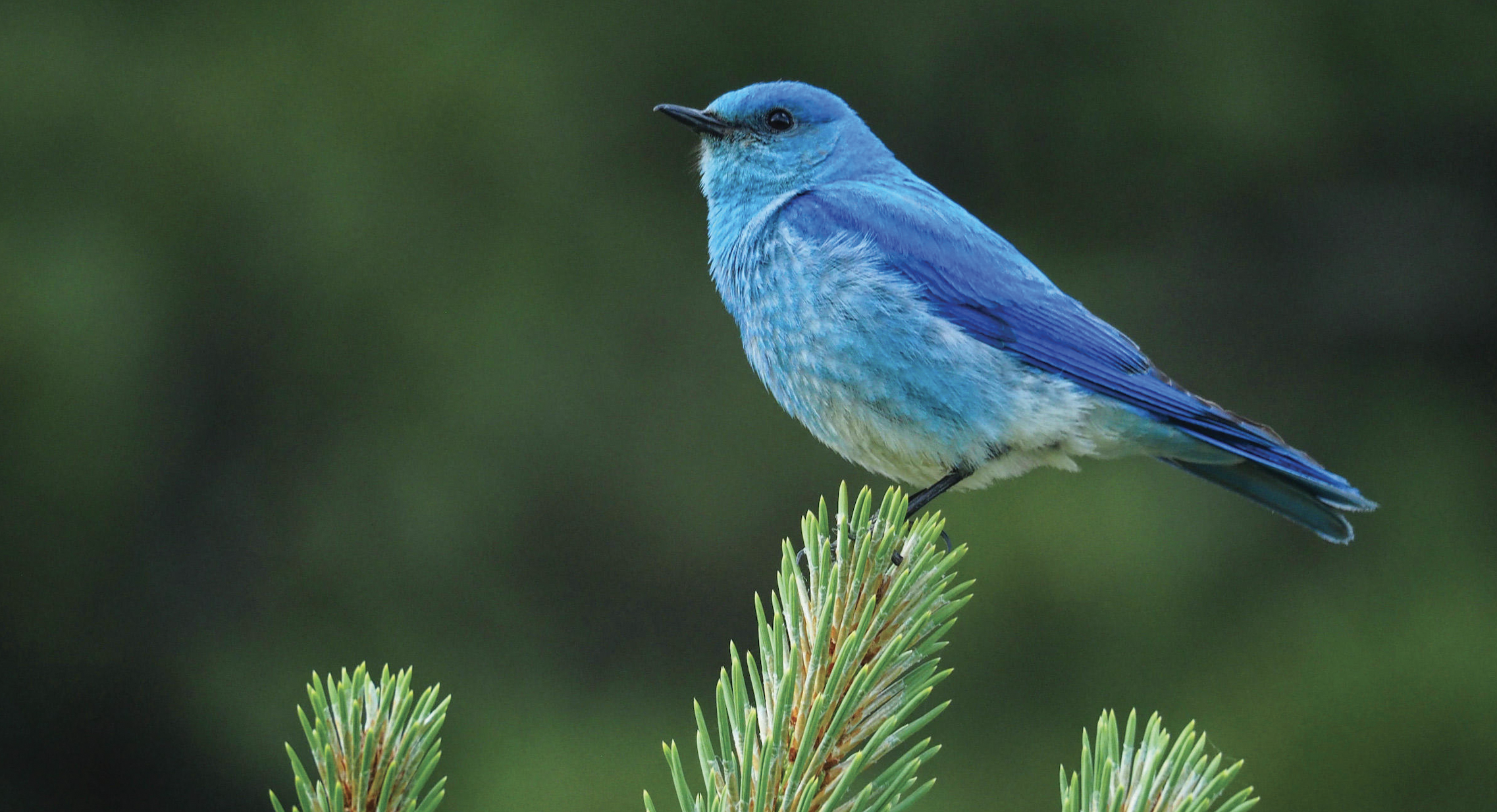
Interesting Bird Facts
Erika Zambello, author of Backyard Birding for Kids: An Introduction to Ornithology, shares with us some interesting facts about birds. Find out more!

Where did the birds come from?
The birds we know today are direct descendants of the dinosaurs. When the dinosaurs died out, scientists theorized that some theropod dinosaurs—which had two legs—survived by eating seeds. These dinosaurs were already very small; they grew feathers and sported sharp teeth. Over millions of years, their teeth disappeared, and they developed bills. They became even smaller and lighter, evening into the sizes and shapes of the birds we know today.
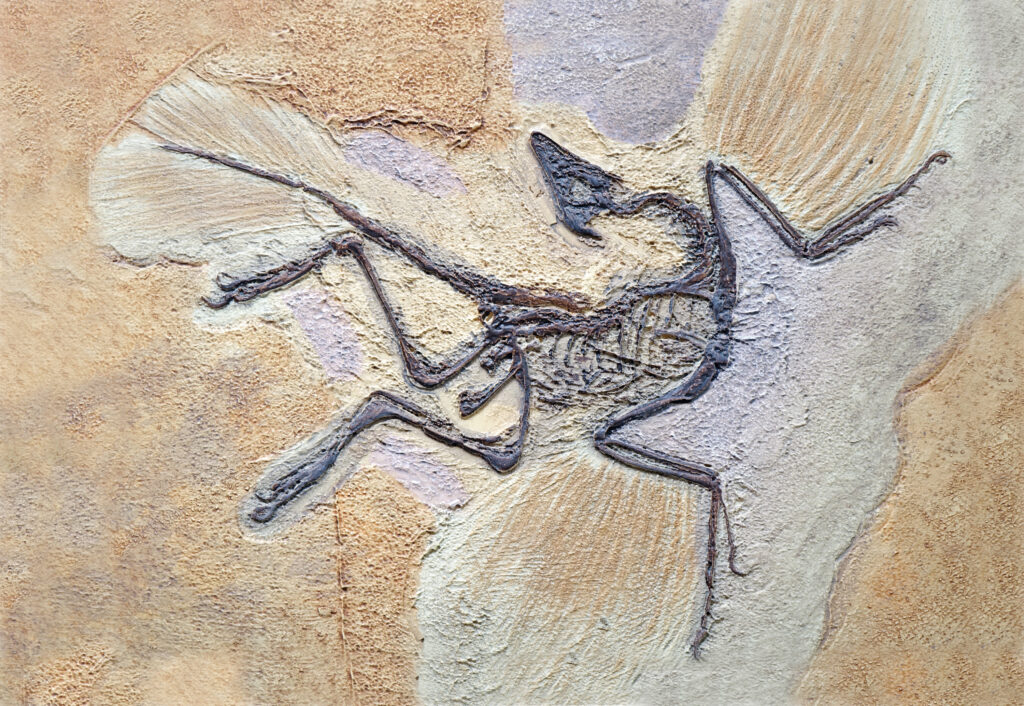
How many distinct species of birds are there in the world?
Birds are vertebrates (they have bones), but they also have feathers. This makes them unlike all other creatures on Earth. Today, there are more than 10,000 distinct species of birds spread out across the far corners of the globe.
Bird eggs come in many sizes.
Eggs come in a huge variety of shapes and sizes. The largest eggs in the world—laid by the ostrich—are 6 inches long, while the smallest—which come from bee hummingbirds—only weigh half a gram!
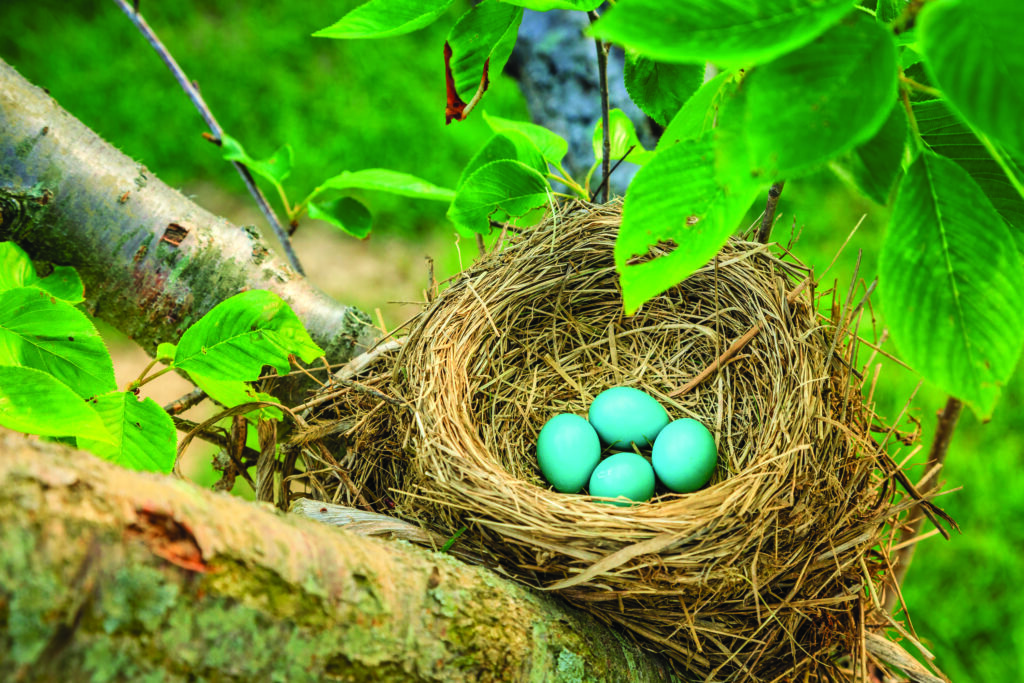
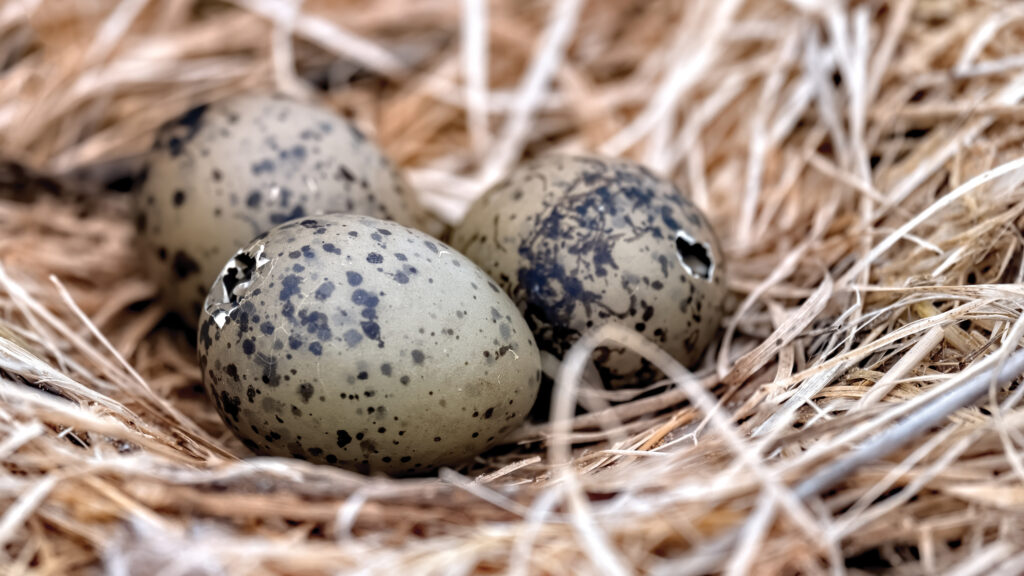
Hummingbirds aren’t the only birds that hover!
By flapping their wings vigorously—which uses up a lot of energy—birds can hover in place like a helicopter. Though hummingbirds are most known for this behavior, it is occasionally seen in larger birds, too, like ospreys, kites, or belted kingfishers.
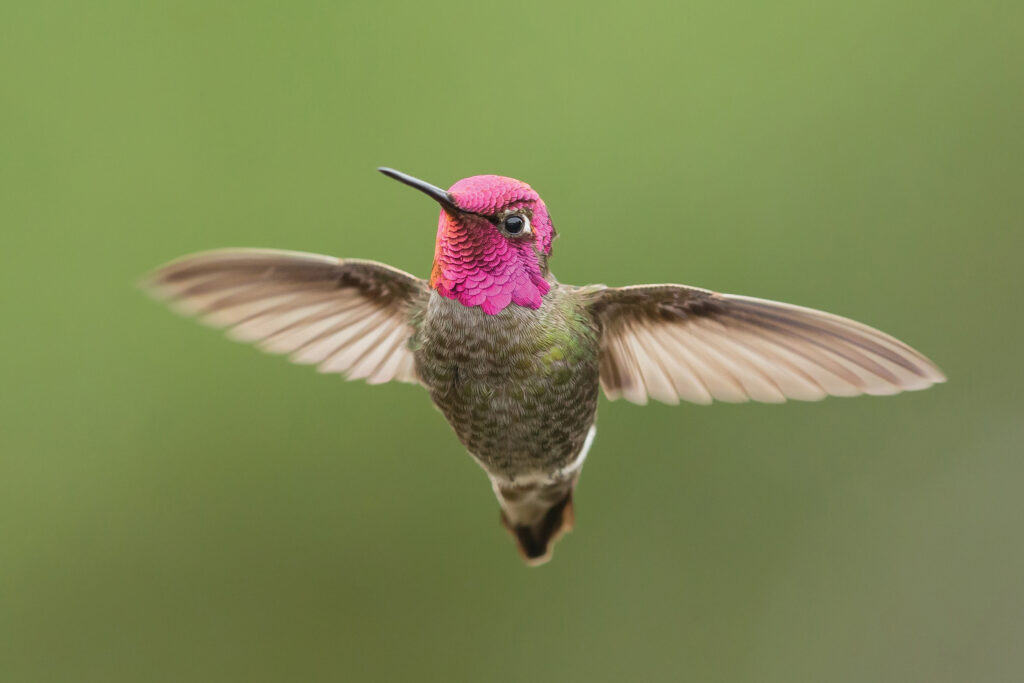
Learn more about hummingbirds.
Hummingbirds love the color red, so plant red flowers or tie red ribbons to plants or outdoor furniture. Avoid using red dye in your hummingbird mixes, as it’s bad for the birds. While you can buy special hummingbird feeders that drip a steady supply of sugar water to these buzzing birds, there are many natural ways to attract these special species to your yard. Plant native species with bright colors and tubular shapes. Depending on where you live, try bee balm, cardinal flower, zinnias, salvias, and more!
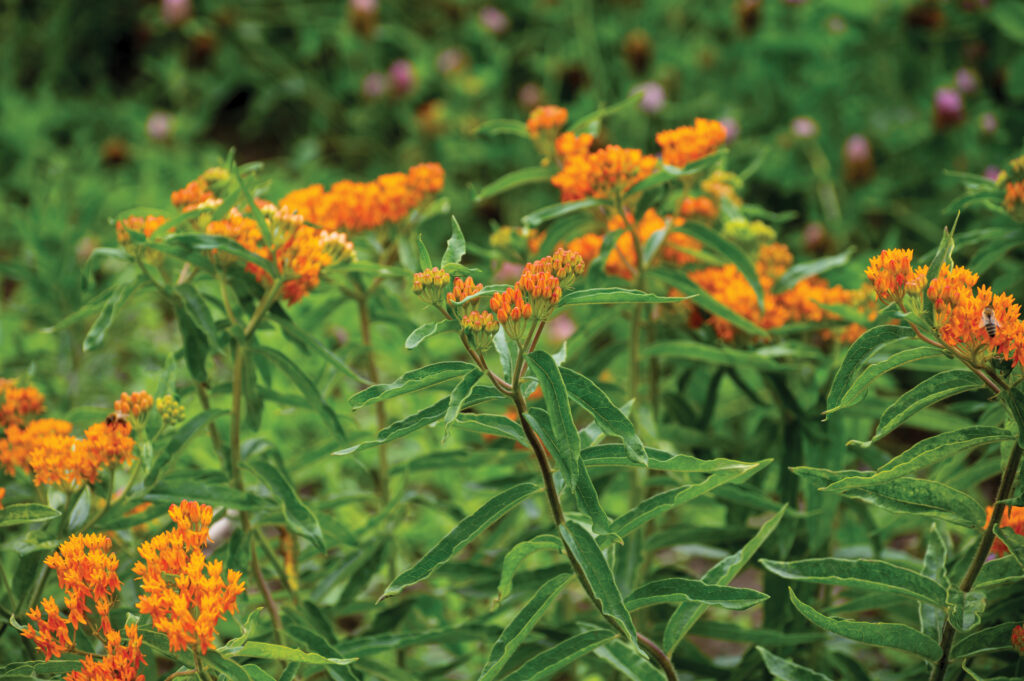
How fast can some birds dive?
To catch food, birds can dive quickly through the air, surprising prey on the ground, in the air, or in the water. Peregrine falcons can reach up to 240 miles an hour as they zip through the sky.
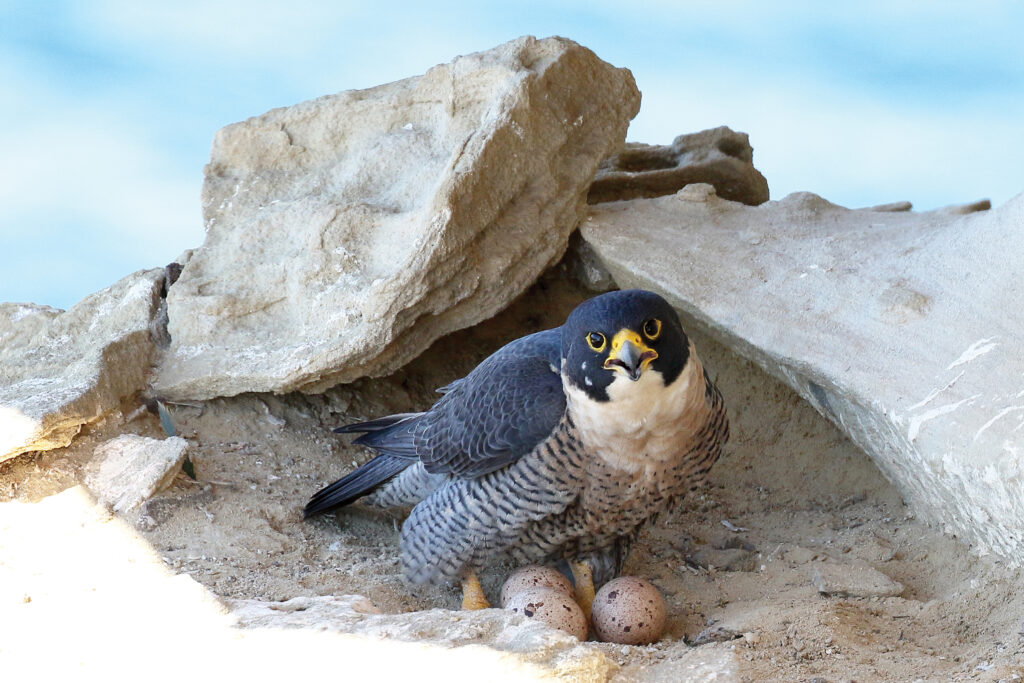
Not all birds fly!
Did you know that some birds cannot fly at all? Penguins use their wings to swim underwater. Though they can no longer take off, they are well-adapted to chasing fish and other prey beneath the waves.
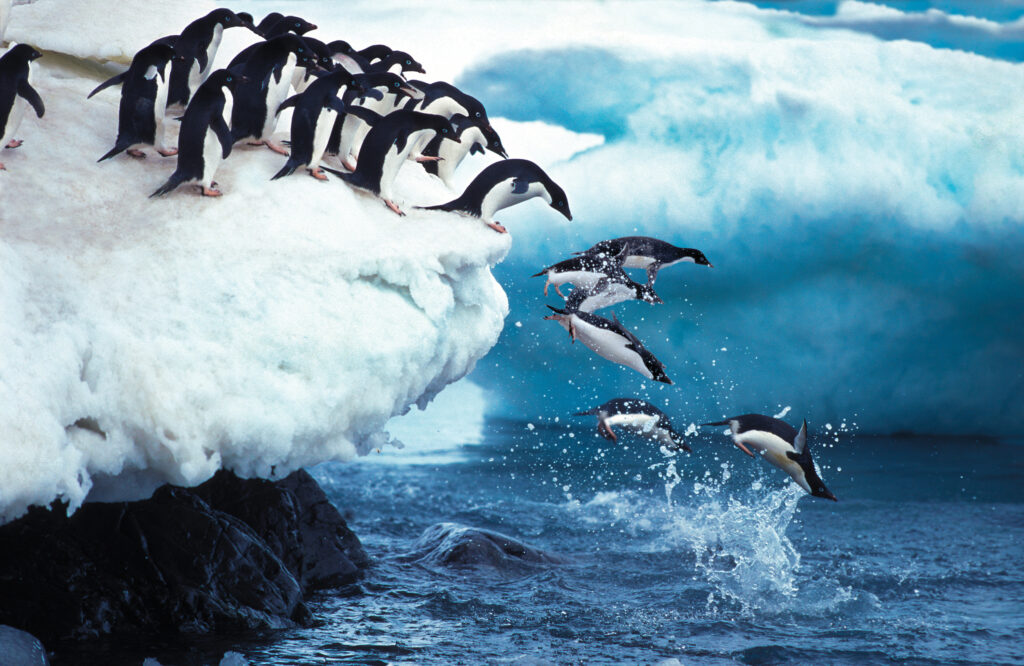
Do you know your state bird?
Each of the 50 states has a state bird. Voted on by state legislators, each official bird symbolizes what elected officials feel is important for their states.
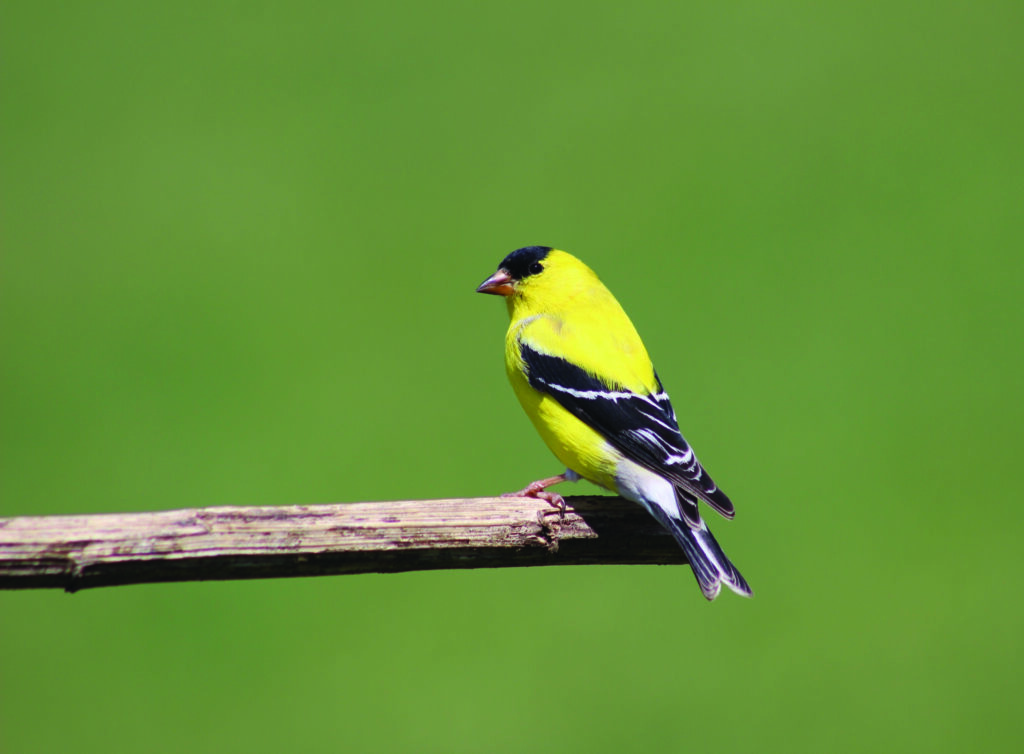
Some birds are more popular than others—the northern cardinal is the state bird for seven states!
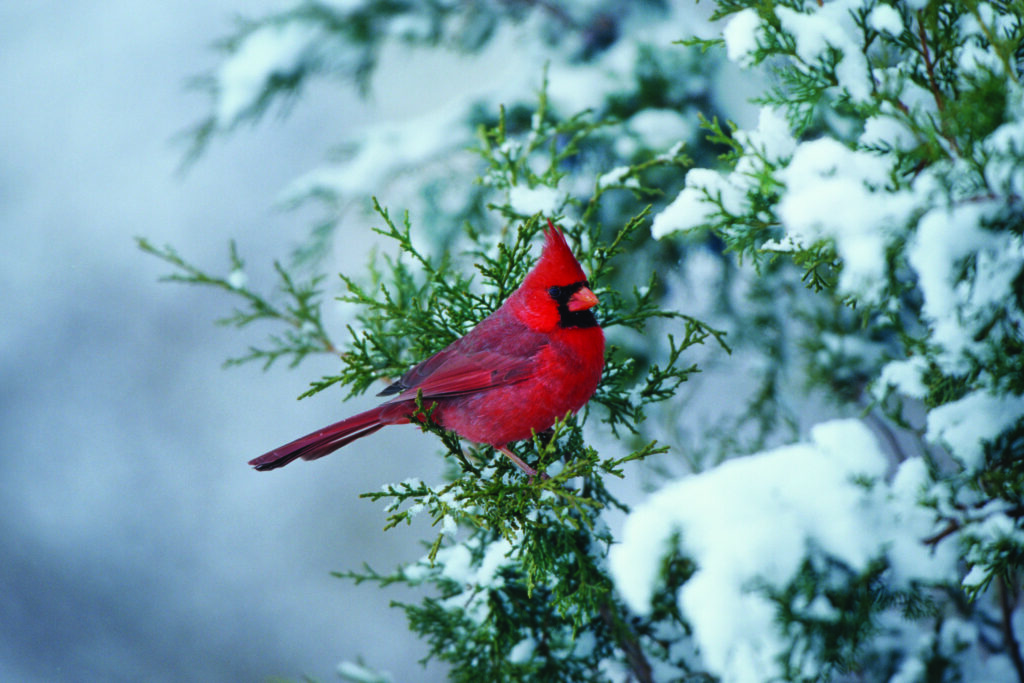
Windows can kill birds.
Hundreds of millions of birds are killed or injured each year when they accidentally fly into windows, often because they see a reflection of nearby plants or the sky and think they’re in a safe place to fly. Such collisions are often fatal, and they are a constant problem.
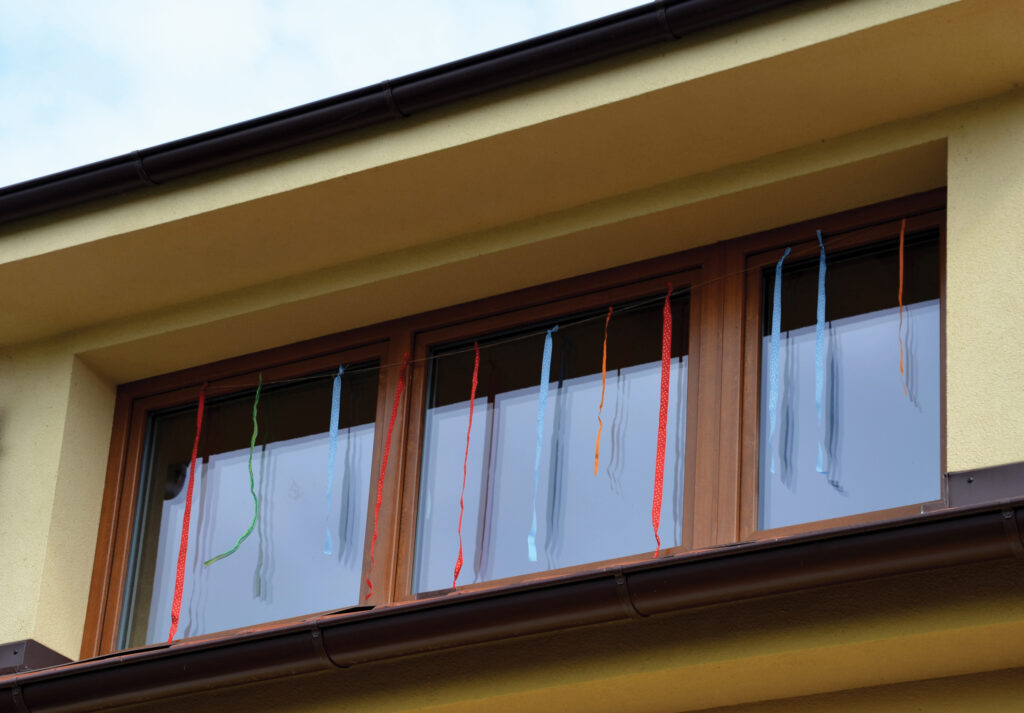
There are a few simple steps you can take to help:
- Close your blinds or curtains, as this will make the window look more like a barrier. This is very important at night, when a lit-up room might seem like a welcoming place for a bird to fly.
- Turn off lights at night, especially during migration.
- When placing bird feeders, either keep them well away from a window (more than 20 feet) or
keep them very close to a window (on the window, via suction cups or a just few feet away). (Even if a bird flies into a window from a close-by feeder, it won’t have enough distance to accelerate enough to cause serious injury.) - A number of “scare tapes” for windows are available, and they can be effective.
- Placing ribbons, pinwheels, and other moving accessories in front of windows can scare birds away.
- Keep plants away from windows, as birds often mistake them as a continuation of the natural scenery.
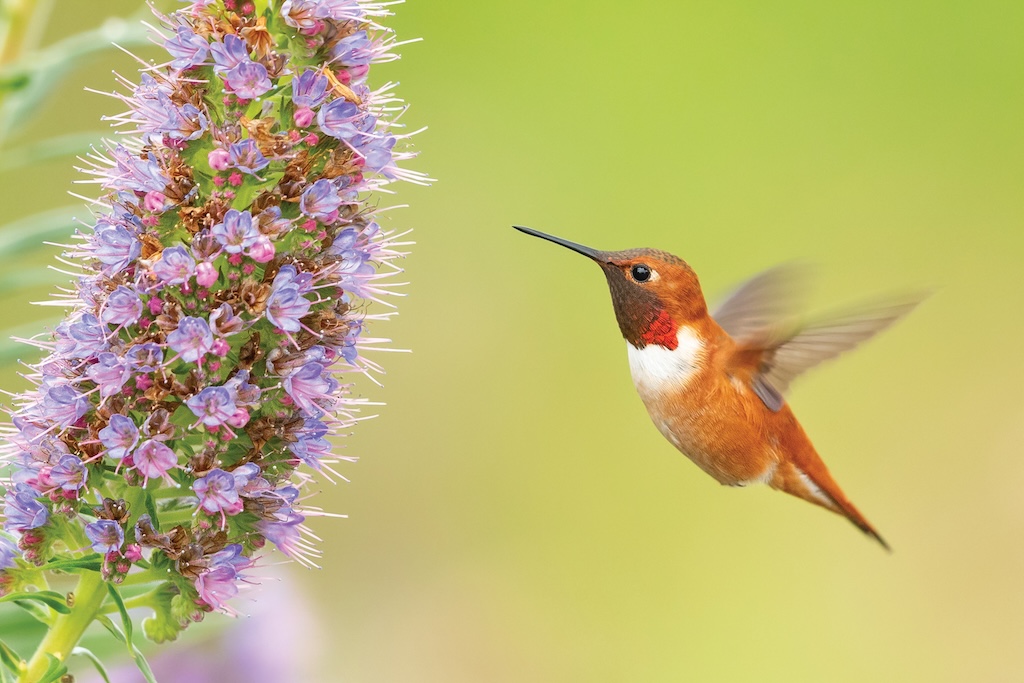
If you want to find out more interesting facts about birds and teach your child a lifelong love for birding and nature, order Backyard Birding for Kids NOW, and sign up for our newsletter here! #bewellbeoutdoors


